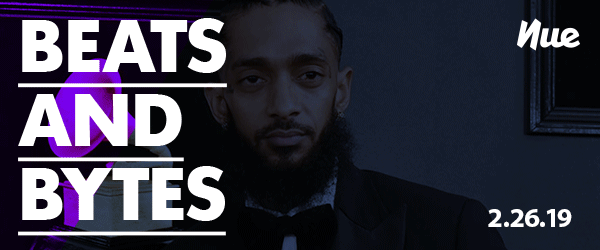
It was interesting to read about the evolution of the Vanity Fair Oscar Party in the Sunday Styles this weekend.
Already the Oscars’ most daunting door to beat down, the event is now more exclusive than ever, only there’s a workaround: access granted through brands. Marriott was a headline sponsor this year and allowed two “civilians” who secured invitations in an online auction, bidding with customer-loyalty points from Marriott, to enter the star-studded bash. Talk about rewards.
The VF party started in the early 90’s, arguably the last decade when movie stars — Julia Roberts, Tom Cruise, Tom Hanks — clearly dominated the culture. This was before franchise filmmaking took over Hollywood and the Internet began to rapidly fragment media and create new lanes for new kinds of stars. Absent smartphones and social media, the VF party was a place where celebrities could let their hair down and kick their shoes off without worrying about a video showing up on TMZ moments later.
In 2000, wanting to capitalize on the party’s success to generate additional revenue streams for their declining publishing business, Vanity Fair began what it called “Campaign Hollywood,” a schedule of events sponsored by advertisers in the days leading up to Tinseltown’s biggest night. The rest, as they say, is history. Advertisers have been collectively gaining access to the hottest parties on the planet ever since.
Cut to 2019 and we’re livestreaming the former FOMO factory on Twitter and Vaintyfair.com (thanks to a sponsorship with Verizon!). The once private event now reportedly generates tens of millions of impressions for Conde Nast, VF’s parent company. Which is undoubtedly worth tens of millions dollars on top of the $10 million+ dollars in sponsorship revenue that it brings in now, too.
Putting the soirée up for sale, however, has resulted in a return to exclusivity elsewhere. Jay-Z and Beyonce’s 2nd annual “gold ball” and the Madonna & Guy Oseary party come to mind. Invites remain extremely difficult to secure and the production is put on by the stars themselves. Brands, if present, are seen only by the people in the room, not boasted about online. #Content, if any, is highly vetted and released exclusively by the hosts. These events are more interested in the allure of old Hollywood exclusivity and less focused on media impressions and the marketing dollars they generate.
As a marketer, I ask myself: which room holds a higher value for a company? Is brand presence in a galaxy of A-listers enough to justify the spend? Or are we living in a world where impressions, data, and conversion are all that counts? Is swirling in the epicenter of culture without being able to broadcast it a waste of time or the way to create a perfect storm? Is the real test to balance the exclusive and the inclusive?
Ping my replies with what you think. I know which invite I’d rather receive…

